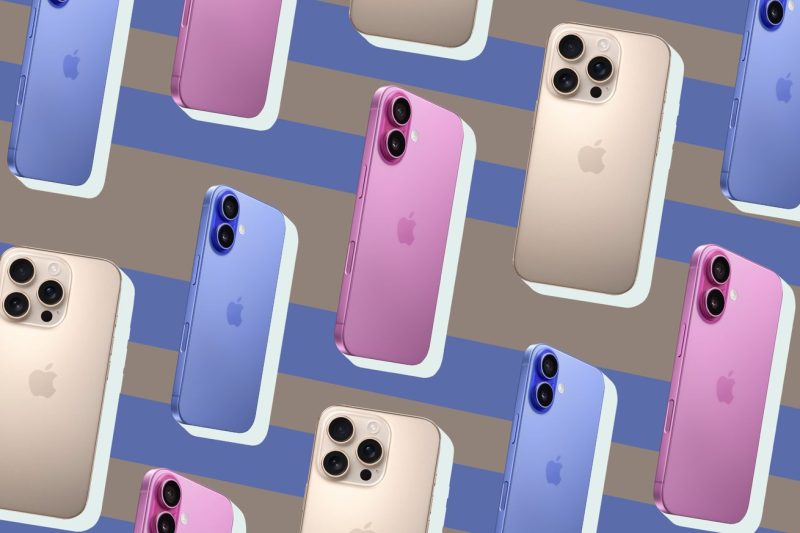**iPhone Models Through the Years**
**iPhone 2G (2007)**
The original iPhone, also known as the iPhone 2G, was released in 2007. It was a groundbreaking device that revolutionized the smartphone industry with its innovative touch screen interface and sleek design. The iPhone 2G featured a 3.5-inch display, a 2-megapixel camera, and 4GB or 8GB of storage. It ran on the iOS operating system, which would later become the standard for all iPhones.
**iPhone 3G (2008)**
Following the success of the iPhone 2G, Apple released the iPhone 3G in 2008. This model introduced 3G connectivity, making it faster and more reliable for internet browsing and data usage. The iPhone 3G also featured GPS capabilities, enabling users to effectively navigate using maps and location-based services.
**iPhone 4 (2010)**
In 2010, Apple launched the iPhone 4, a major upgrade from the previous models. The iPhone 4 featured a new design with a glass front and back, a high-resolution Retina display, and a 5-megapixel camera capable of recording HD video. It also introduced FaceTime, Apple’s video calling feature, allowing users to connect with friends and family in a whole new way.
**iPhone 6 (2014)**
The iPhone 6 was released in 2014 and marked a significant departure in terms of design. This model featured a larger 4.7-inch display, a thinner profile, and rounded edges, giving it a more modern and streamlined look. The iPhone 6 also introduced Apple Pay, a mobile payments system that allowed users to make purchases using their devices.
**iPhone X (2017)**
The iPhone X, released in 2017, represented a bold step forward in terms of technology and design. It featured an edge-to-edge display with no home button, relying on facial recognition technology for unlocking the device. The iPhone X also introduced wireless charging and dual rear cameras, enhancing the photography capabilities of the device.
**iPhone 12 Pro Max (2020)**
The iPhone 12 Pro Max, released in 2020, is the largest and most powerful iPhone in the lineup. It features a 6.7-inch Super Retina XDR display, 5G connectivity, and the A14 Bionic chip, Apple’s fastest processor to date. The iPhone 12 Pro Max also boasts a triple-camera system with LiDAR technology for improved low-light photography and augmented reality experiences.
In conclusion, the evolution of the iPhone over the years showcases Apple’s commitment to innovation and excellence in the realm of smartphone technology. Each new model brings with it new features and capabilities that push the boundaries of what a smartphone can do, making the iPhone a perennial favorite among consumers worldwide.

